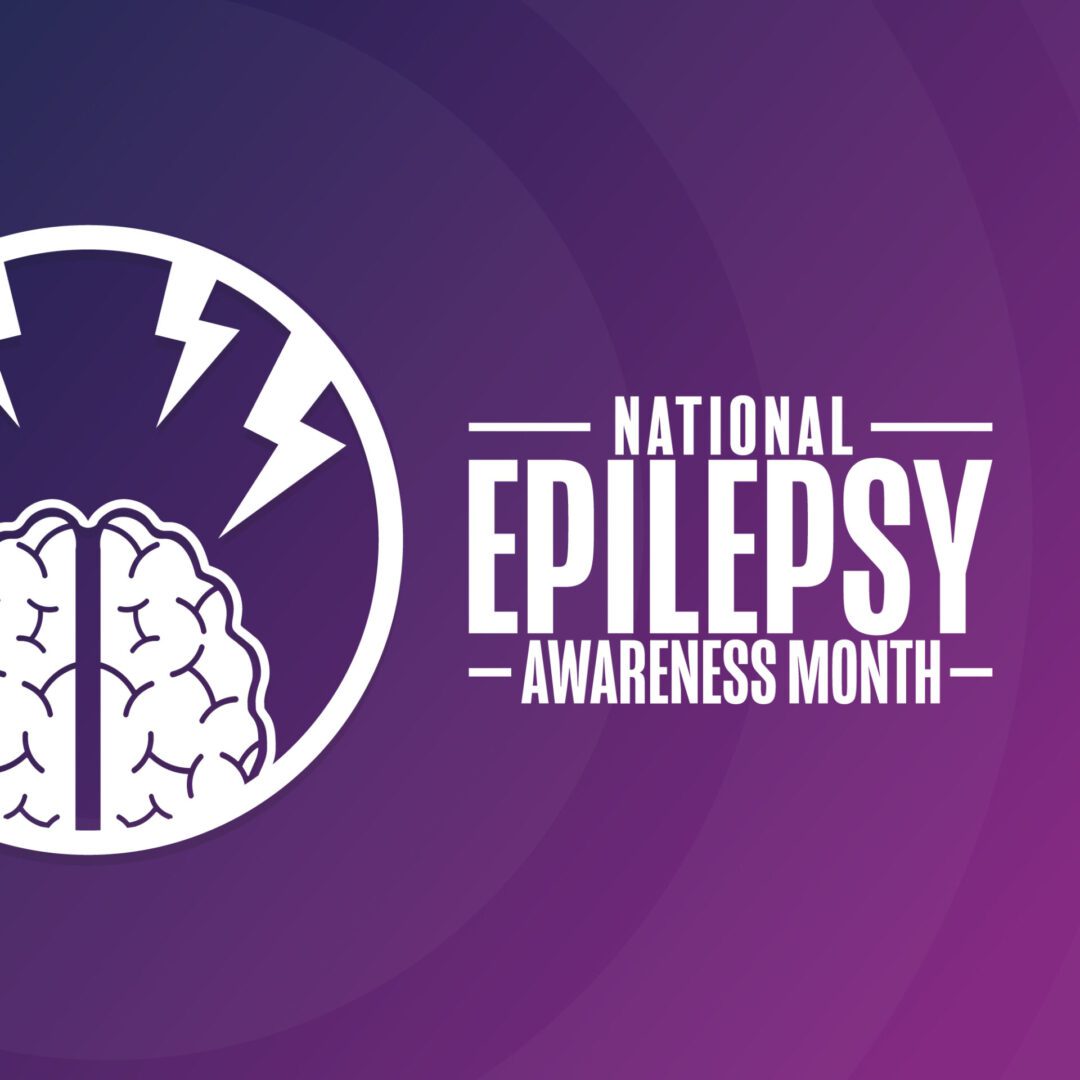Search by Color or Cause


National Epilepsy Awareness Month is a time to learn more about epilepsy and how it affects people of all ages. It also gives us an opportunity to recognize the many ways we can help those with epilepsy and their caregivers, as well as stand in solidarity with them. Wear a purple pin, purple fabric ribbon or purple silicone awareness wristband to raise awareness for National Epilepsy Awareness Month.
Epilepsy is a brain condition that causes someone to have seizures. It affects children and adults of all demographics and is one of the most common disorders of the nervous system.
Seizures are the main symptom of epilepsy and are caused by an interruption in normal brain signals. The brain consists of nerve cells that communicate with each other through electrical activity. When one or more parts of the brain has a burst of abnormal electrical signals that interrupt normal brain signals, a seizure occurs. Anything that interrupts the normal connections between nerve cells in the brain can cause a seizure.
According to the Epilepsy Foundation, 1 in 10 people will experience a seizure throughout their life, and 1 in 26 will develop epilepsy. Approximately 500,000 children in the United States have epilepsy. Simply put, a seizure occurs when there is too much electricity in the brain, and the neurons (nerve cells) fire all at once. In general, epilepsy is diagnosed when a person has two or more unprovoked seizures. In other words, these are seizures that are not caused by fevers, injuries, sleep deprivation, illness, or drug or alcohol use. However, epilepsy may be diagnosed after one seizure when there is an abnormal EEG.
While the cause of most cases of childhood seizures is unknown, some possibilities include trauma, brain defects present at birth, tumors, metabolic disorders, or infection. While this may sound scary, fortunately, the chance of brain damage or death from childhood seizures is very small. Get involved in National Epilepsy Awareness Month.
Focal Epilepsy is a type of epilepsy in which seizures originate within one area on one side of the brain. There are four types of seizures associated with focal epilepsy that were formerly called “partial seizures.”
These include.
Characterized by seizures that start on both sides of the brain or quickly affects both sides.
There are two types of seizures associated with generalized epilepsy:
A diagnosis of epilepsy without a definitive type. Someone may be diagnosed with “unknown generalized or focal epilepsy” in cases where test results are not indicative of either type, or if there were no witnesses to the seizure. Oftentimes, this diagnosis is temporary until more information is obtained that can yield a diagnosis of either generalized or focal epilepsy.
In addition to epilepsy types, some epilepsy cases are also defined by a group of features that occur together. These are known as epilepsy syndromes. Epilepsy syndromes are defined by features such as the type of seizures, age when seizures begin, part of the brain involved, genetic information, and others. It is important to note that epilepsy syndromes are different from the type of epilepsy. In fact, epilepsy syndromes are often more specific than epilepsy types.
While there are only four main types of epilepsy, there are more than 30 known epilepsy syndromes.
By looking at the length of this list alone, one can see just how varied an epilepsy diagnosis really is and how it can affect people in different ways. Unfortunately since epilepsy is so varied, there is not a one-size-fits-all form of treatment. Certain medications may be effective in managing a particular type of epilepsy, while different medications may work better for others. There are even cases where surgery may be preferable to medication. By grouping collections of symptoms into epilepsy syndromes, the hope is that more effective treatments can be developed that address the specific set of symptoms an individual is experiencing.
Epilepsy is a complex neurological disorder with many different types and syndromes. There are more than 30 known epilepsy syndromes, but only four main types of seizures (generalized, focal, unknown generalized or focal epilepsies). The hope is that by grouping collections of symptoms into epilepsy syndromes, the medical field will be able to develop effective treatments for each individual case.